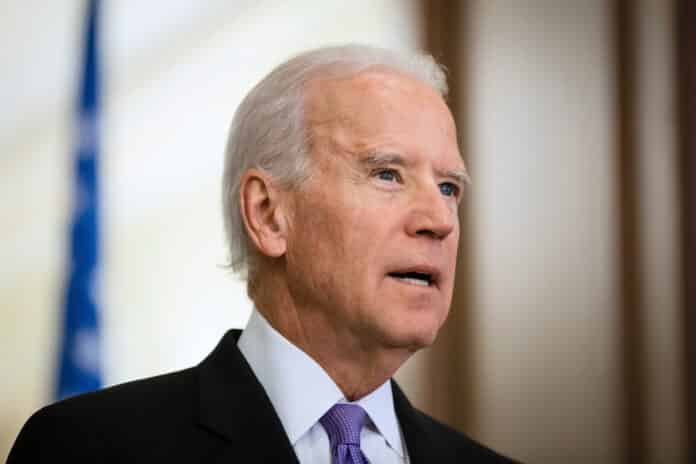
Tom Perez and Kathy Hochul have each other on speed dial. He directs the White House Office of Intergovernmental Relations and is a former Democratic National Committee chairman; she is New York’s governor.
Politico reports they were brought together while “coordinating responses” to the influx of migrants New York has received since spring 2022. Mr. Perez said that Ms. Hochul is “working her tail off.” In response, she said “frequent conversations and his engagement” have “made a huge difference.”
Good for them. Yet far to the southwest, GOP Rep. Tony Gonzales is still waiting for the White House to phone local officials in Texas’ 23rd Congressional District. The epicenter of the border crisis, it runs 823 miles along the Rio Grande, two-thirds of the Texas-Mexico border.
Bigger than Pennsylvania, the district contains most of the El Paso Border Patrol sector, all of the Big Bend and Del Rio sectors, and part of the Laredo sector. Of fiscal 2023’s 1,827,133 encounters—detentions of migrants for crossing the border illegally—so far, 790,734 occurred in those four sectors. That doesn’t yet count September’s encounters, and the total is on pace to be the largest in history.
Mr. Gonzales sees the financial and human cost in the communities along the border. Mayors and county officials complain about migrant housing, food and transportation needs. Law-enforcement officers talk about crimes committed by “getaways”—migrants who elude the Border Patrol. Community groups have exhausted their resources trying to meet ever-increasing demands for social services. Local hospitals are stuck with bills for care they’ve provided migrants dumped in emergency rooms. In Eagle Pass, Texas, there’s one small hospital with 101 beds. It gets hit with $100,000 a month in uncompensated migrant care that the federal government won’t reimburse.
Intrigued by reports of Mr. Perez’s New York outreach, Mr. Gonzales checked to see if the White House was calling mayors, sheriffs or county judges (the top executives in Texas counties) in his district. Most are Democrats. “They haven’t heard a word from Perez,” Mr. Golzales told me, “though they’re on the border and local resources have been depleted while cities thousands of miles away from the frontline of the crisis are getting attention from the White House.” It feels to Mr. Gonzales as if “Texas is being punished for this administration’s policy failures.”
Douglas Nicholls, mayor of Yuma, Ariz., once received calls from Mr. Perez’s predecessor as White House director of intergovernmental affairs, Julie Chávez Rodríguez. A granddaughter of Cesar Chávez and a native of Yuma, she at least paid attention to that part of the border. But since she left to run President Biden’s re-election, crickets. Yuma, population 99,246, had 168,269 encounters between Oct. 1, 2022, and Aug. 31, 2023, and its resources are stretched. Its only hospital had $26 million in uncompensated migrant services between November 2021 and December 2022, and the burden is growing.
Compare the challenges faced by big Northern cities with those of Southwestern border towns. Since spring 2022, New York City, with a population of 8.3 million, has received 118,000 migrants. Chicago, population 2.6 million, accepted around 15,000. The mayors of both cities and their states’ governors have complained bitterly about the burden this imposes.
Eagle Pass and Del Rio, Texas, combined population 63,433, saw 347,572 migrant encounters in the first 11 months of fiscal 2023, and no White House officials are working them like Mr. Perez is working New York and Illinois.
But Mr. Biden and his party are paying a political price for their indifference and ineptitude. A June 11 Pew Research poll found only 23% of Americans say the government deals with the border well while 47% believe illegal immigration is a very big problem. A Sept. 19 NBC News poll found voters believe the GOP handles immigration better than Democrats by 45% to 27%.






